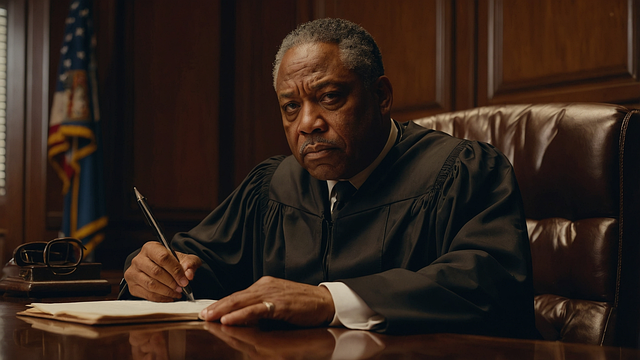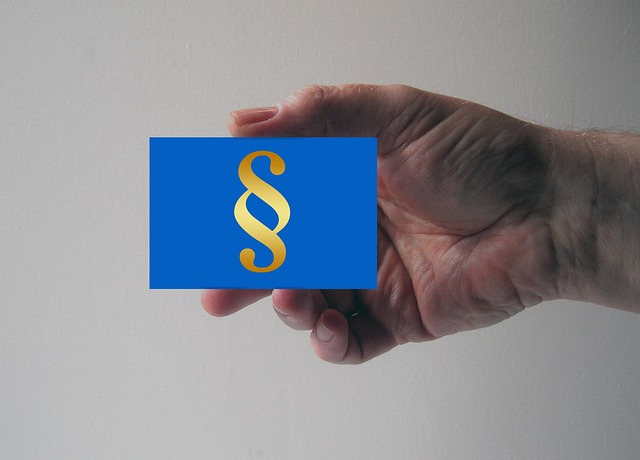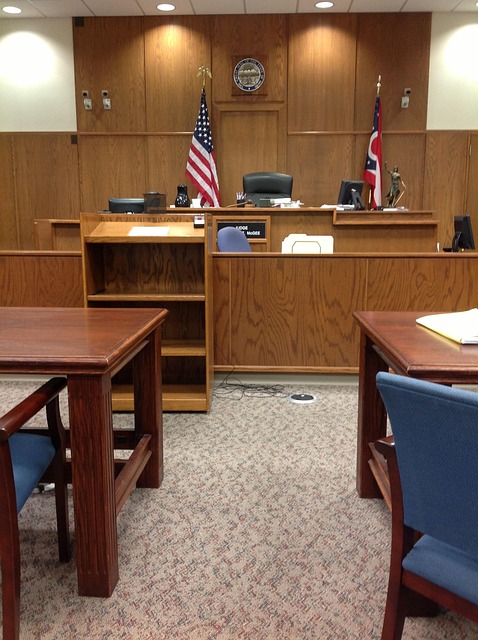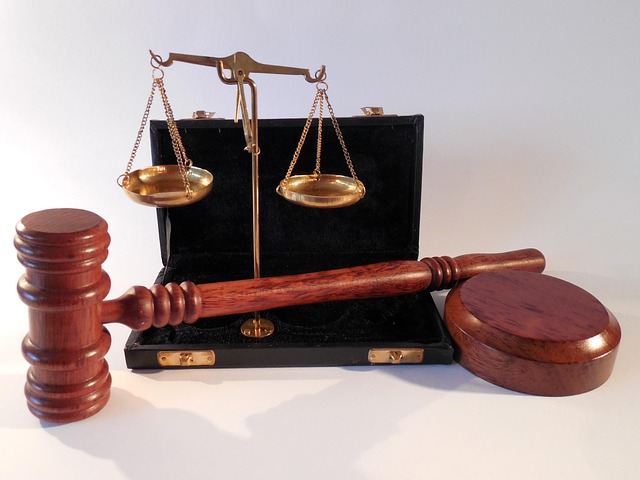Trademark infringement, a serious legal issue, occurs when a party uses another's trademark without permission, potentially confusing consumers and damaging businesses' financial health, reputation, and future operability. The legal framework protects intellectual property rights, with severe consequences including financial penalties, cease-and-desist orders, and even criminal charges. Businesses should employ robust risk management strategies, like thorough due diligence and regular brand monitoring, to avoid these Legal Consequences of Trademark Infringement. Analyzing real-world cases highlights the need for proactive measures to safeguard intellectual property rights.
“In today’s competitive business landscape, effective litigation risk management is paramount, especially regarding trademark infringement. This comprehensive guide explores the intricate world of trademark law, focusing on potential legal consequences for businesses facing infringement claims. We delve into defining trademark infringement and its legal framework, dissecting the impact and risks involved. Furthermore, practical strategies for prevention and mitigation are presented. Through real-world case studies, we highlight the diverse outcomes of trademark disputes, offering valuable insights to navigate these complex legal waters.”
- Understanding Trademark Infringement: Definition and Legal Framework
- The Impact of Infringement: Potential Legal Consequences for Businesses
- Risk Management Strategies: Preventing and Mitigating Trademark Disputes
- Case Studies: Real-World Examples of Trademark Infringement Litigation
Understanding Trademark Infringement: Definition and Legal Framework

Trademark infringement occurs when a party uses a trademark owned by another entity without authorization or in a manner that could confuse consumers regarding the source of goods or services. This misuse can take various forms, including using identical or similar marks, logos, or slogans to sell comparable products or services. The legal framework surrounding trademark infringement is designed to protect businesses and their intellectual property rights, ensuring fair competition in the marketplace.
Understanding the legal consequences of trademark infringement is crucial for businesses and individuals alike. In many cases, infringers can face significant financial penalties, including damages for lost sales and profits, as well as court-ordered injunctions to cease and desist further misuse. Across the country, white collar defense attorneys specialize in navigating these complex issues, especially when dealing with white collar and economic crimes related to intellectual property.
The Impact of Infringement: Potential Legal Consequences for Businesses

The legal consequences of trademark infringement can be severe for businesses, impacting their financial health and reputation. When a company or individual infringes on a registered trademark, they risk facing a range of legal actions and penalties. These may include cease and desist orders, financial damages to compensate for the owner’s losses, and even criminal charges in some cases. The severity of these consequences can be particularly damaging for smaller businesses with limited resources, as they might struggle to defend against such accusations or cover associated legal fees.
Beyond financial losses, a successful infringement claim can lead to an unprecedented track record for both corporate and individual clients, potentially affecting their ability to operate in the future. This is especially true for well-known brands that have established themselves within their market. As such, effective trademark protection and management are vital strategies for any business aiming to safeguard its assets and maintain a competitive edge.
Risk Management Strategies: Preventing and Mitigating Trademark Disputes
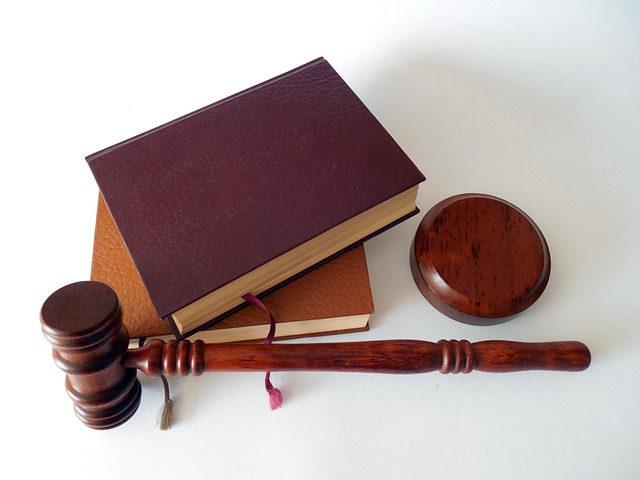
Trademark disputes can be costly and detrimental to a brand’s reputation, especially in high-stakes cases. Effective risk management strategies are essential for businesses to prevent and mitigate potential trademark infringement issues. One key approach is to conduct thorough due diligence during the development of new products or services, ensuring that all trademarks are carefully considered and registered to avoid any legal consequences of trademark infringement.
Regular brand monitoring is another powerful tool. This involves staying vigilant for any unauthorized use of similar marks in the market. By identifying potential infringers early on, companies can take proactive measures, such as sending cease-and-desist letters or negotiating licensing agreements, thereby reducing the likelihood of costly jury trials and protecting their intellectual property rights for his clients.
Case Studies: Real-World Examples of Trademark Infringement Litigation

Trademark infringement cases serve as powerful case studies, illustrating the legal consequences of failing to protect intellectual property. These real-world examples paint a stark picture of what can happen when businesses infringe upon another’s trademarks. From small startups to established corporations, no respective business is immune.
By studying these cases, companies can gain valuable insights into all stages of the investigative and enforcement process. They learn about the significant legal fees, damage to brand reputation, and potential financial penalties associated with trademark infringement. These consequences underscore the importance of proactive measures to protect intellectual property rights, ensuring a robust defense against future infringement claims.
Trademark infringement is a complex issue with significant legal consequences for businesses. Understanding the definition and legal framework surrounding trademark rights, along with the potential impact of infringement, is crucial for effective risk management. By implementing robust strategies to prevent and mitigate disputes, companies can protect their valuable brand identities. The case studies presented highlight real-world scenarios, emphasizing the importance of proactive measures in navigating the challenges of trademark litigation and mitigating the legal consequences of infringement.
